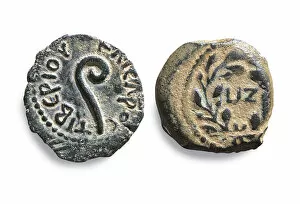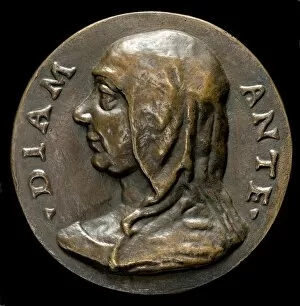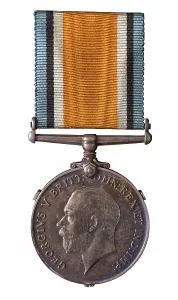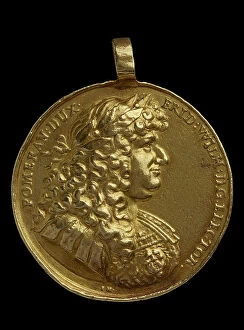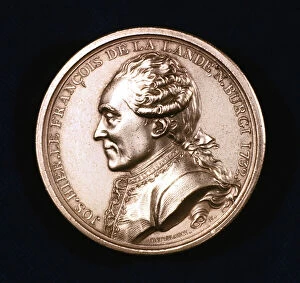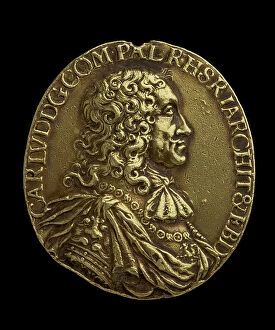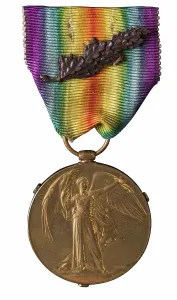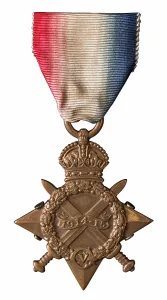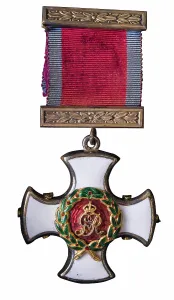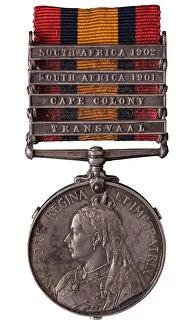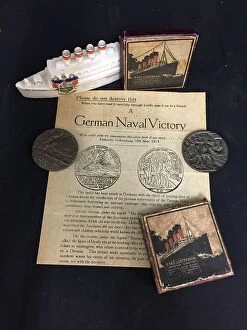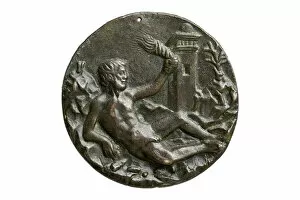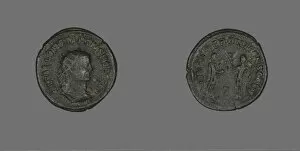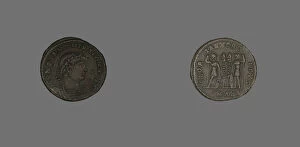Obverse Collection
The obverse side of a coin can reveal fascinating stories from different eras. Take, for example, the Coins of Pontius Pilate from 30-31 AD
All Professionally Made to Order for Quick Shipping
The obverse side of a coin can reveal fascinating stories from different eras. Take, for example, the Coins of Pontius Pilate from 30-31 AD. These bronze coins not only hold historical significance but also offer a glimpse into the past. Moving forward in time, we come across a banknote from Sudan dating back to 1885. Made of pressboard, this unique currency showcases the artistic craftsmanship prevalent during that period. Shifting our focus to art, an Archaic Terracotta Panathenaic prize amphora jar catches our attention. Its obverse design depicts scenes of ancient Greek mythology and serves as a testament to their rich cultural heritage. Delving into portraiture, we encounter the Circle of NiccolA Fiorentino's work - possibly Diamante de Medici, wife of Giovanni. This captivating painting on its obverse side captures the essence and beauty of Renaissance-era women. In times of war and propaganda, even medals play a crucial role in conveying messages. The RMS Lusitania propaganda medal and leaflet remind us how conflicts were fought not just on battlefields but also through information campaigns. Continuing with wartime memorabilia, we find various medals from World War I. From the First World War Victory Medal to the British War Medal and 1914-15 Star Medal – each carries its own symbolism representing bravery and sacrifice during those tumultuous years. Not limited to World War I alone, other conflicts like the Second Boer War are also commemorated through medals such as the Queens South Africa Medal. These artifacts serve as reminders of individuals who played significant roles in shaping history. Lastly, an image depicting a young boy soldier mourning Edward VII evokes emotions surrounding loss and grief during times when nations mourned their fallen leaders or soldiers lost in battle. From ancient coins to wartime memorabilia – these diverse objects all share one common thread.

